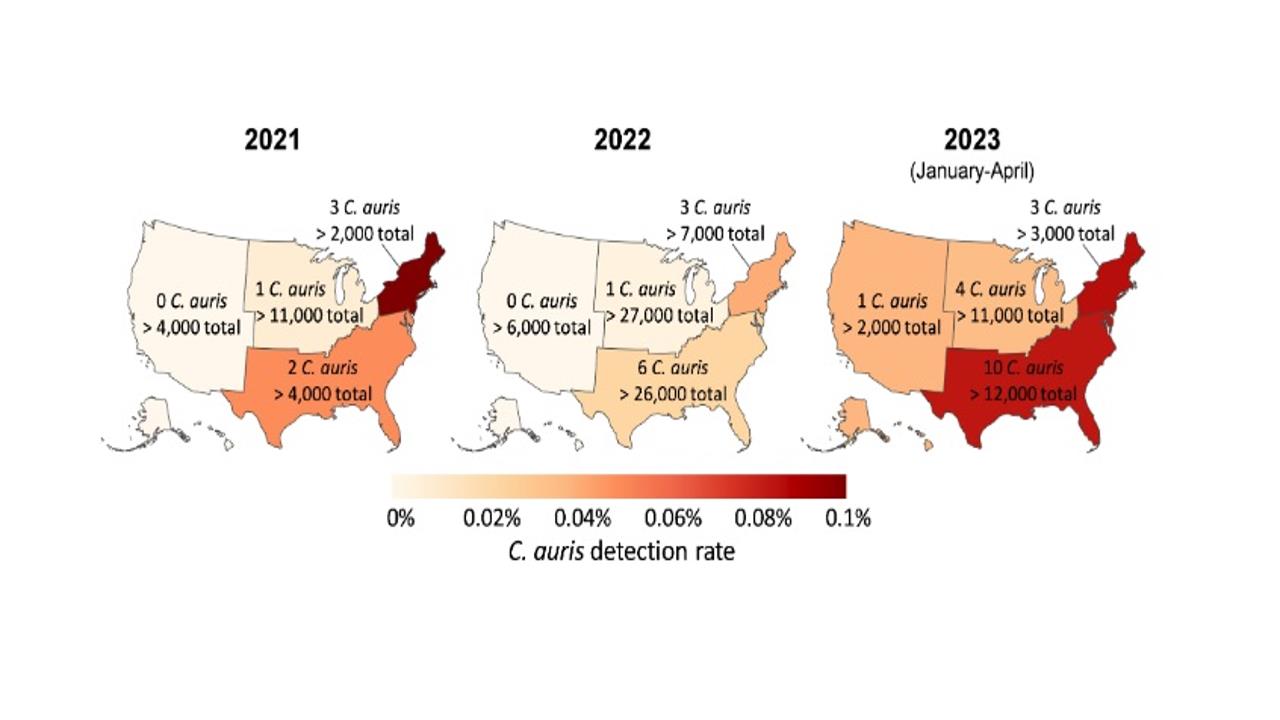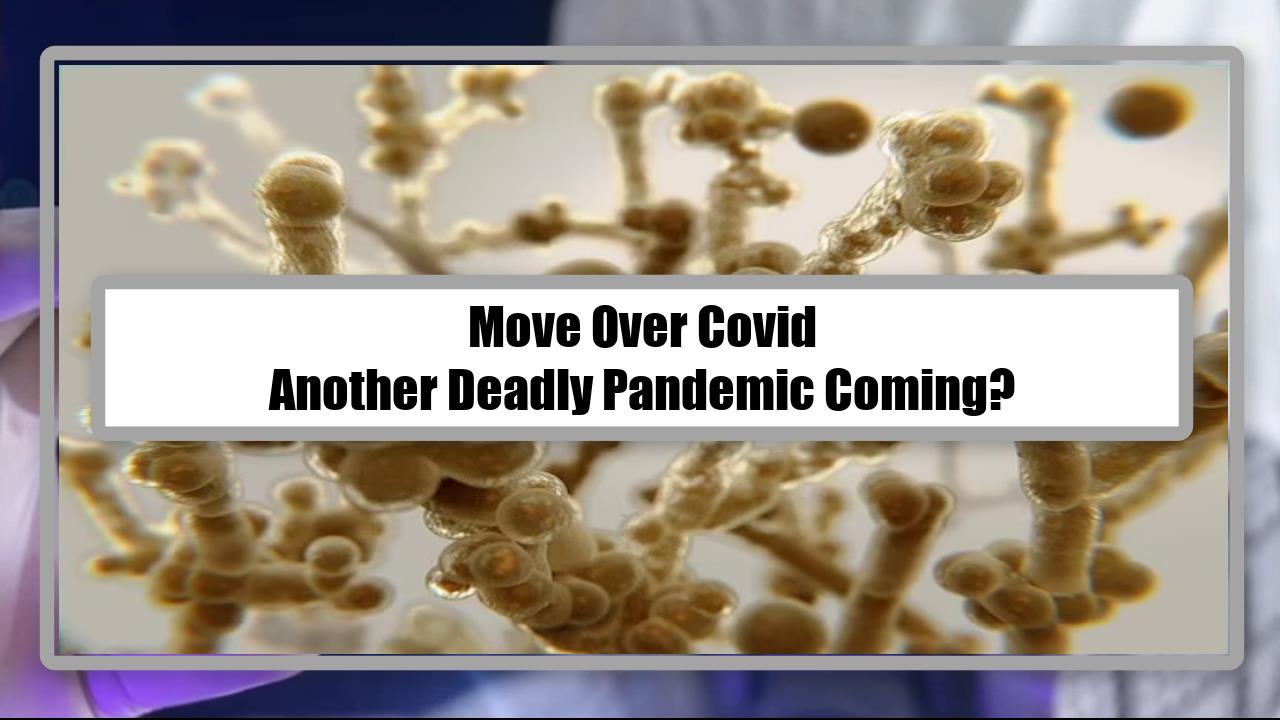Video:
Take our online poll:
AI Analysis:
Candida auris (C. auris) is a concerning multidrug-resistant fungus that has garnered attention due to its ability to cause severe infections, particularly in healthcare settings. While it's been a significant concern in recent years, the likelihood of C. auris causing a global pandemic similar to a viral outbreak, for instance, is relatively low for several reasons:
Transmission Mechanism: Unlike viruses, which can spread through respiratory droplets or airborne routes, C. auris primarily spreads through contact with contaminated surfaces or person-to-person contact in healthcare settings. Its transmission dynamics are different from those of viruses like influenza or COVID-19.
1) Control Measures: Healthcare facilities have infection control protocols in place to manage and contain the spread of multidrug-resistant organisms like C. auris. Strict hygiene practices, isolation precautions, and targeted interventions help prevent widespread outbreaks.
2) Regional Outbreaks: While C. auris has been identified in numerous countries, most cases have been localized outbreaks within healthcare facilities. Though it can spread within healthcare settings, it hasn't exhibited the rapid, uncontrolled transmission characteristic of a pandemic.
3) Response Measures: Identification, monitoring, and response to outbreaks of C. auris have improved over time. Health authorities and organizations have increased surveillance and implemented strategies to contain its spread.
4) However, C. auris remains a significant concern due to its resistance to multiple antifungal drugs, which makes treating infections challenging. There's ongoing research to understand its mechanisms of transmission, resistance patterns, and optimal control measures.
While the likelihood of a C. auris pandemic is low, continued vigilance, strict infection control practices in healthcare settings, and ongoing research to develop better treatments and preventive strategies are crucial to managing and mitigating the impact of this emerging pathogen.
Chart:

References:


Comments